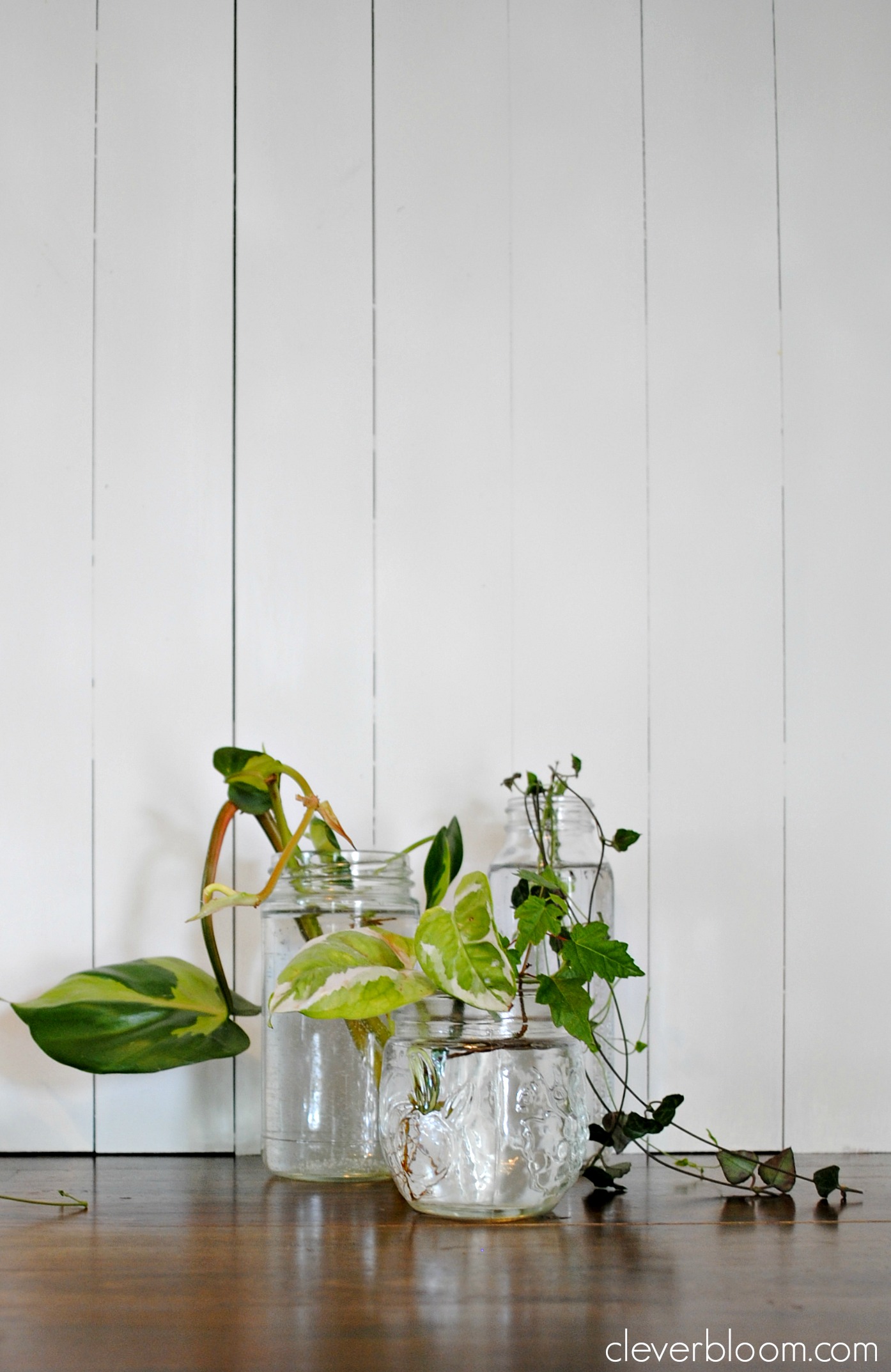

There are a number of plant propagation techniques, including division, budding, and grafting, but cutting is the most popular because it presents the lowest risk to the parent plant. Propagation is the process of reproducing plants from a single parent plant. While they do require a few supplies and a lot of patience, these simple plant propagation techniques will have you growing your own plant babies in no time! What is Plant Propagation? But did you know that you can create your own baby plants without a greenhouse or any expensive equipment? We encourage exploration and discovery and are thrilled to share even more ways to connect you with our precious planet.If you’re a houseplant lover, chances are you look for every opportunity to grow your collection. Be sure to check back for our next post that'll include plant propagation tips for soil! Will it remain in water indefinitely, or are you going to transfer it to soil? If you plan to transplant it into a soil medium, we recommend doing so before too long as the transition becomes more challenging as time goes on. It's important to note, once you have a root system established, anywhere from two-four inches long, it's best to make a decision about the future of your plant. Pairing your propagations with faster rooting plants such as spider plants, pothos, swedish ivy, tradescantia, or if you can find a willow branch, add that to the water vessel too! It can really help speed up root development! More rooting hormones in the water = faster root growth.
PLANT CLIPPINGS IN WATER HOW TO
Here's how to mix up a batch and enjoy a little Sacred Plant Ritual.ĥ. You can also use this water to blend up a batch of Sacred Soil Tonic to offer your houseplants that are living in soil a foamy Sacred Soil Bath! Each time you change out the water, use this as an opportunity to give any of your thirsty plants a drink to close the loop. We recommend a water change about once a week. In general you want to keep plants in bright light or under a grow light until roots are a few inches long before transferring them to soil.Ĥ.Change out your propagation water on a regular basis to maintain healthy root growth. We recommend they stay away from hot, direct sunlight (like summer sun) to avoid burning. Make sure your propagations are exposed to sufficient light so they can stay strong while growing those new roots. Clear glass vessels are fine for aroid types like monstera or pothos as often in their natural environment these roots are exposed to more light. Now your plant is inoculated and ready to start rooting with your propagation method of choice.ģ.Choose the right vessel! We’ve learned that darker colored vessels (like wine bottles) help cuttings (especially those with more woody branches like ficus elastica) grow more robust roots. Simply slice fresh aloe, stick your cutting into the fillet, and twirl it around to soak in all that plant medicine. This step will help mitigate any chances of stem rot occurring.Ģ.Fresh Aloe is loaded with naturally occurring rooting hormones, making it the perfect match for propagations of all types. Here are 5 tips for successful water propagation:ġ.Depending on the type of plant, we recommend waiting to place them in water anywhere from 1 hour (tropical types) to several days (cactus and succulent types) this allows for plants to callous over after cutting them. It's super helpful to learn the shape and size of your roots so when your plant makes it's way into soil, you can have an idea of what's going on below. This is especially rewarding for new plant parents as a visual guide to understanding the anatomy of your plant. Why chose to water propagate your plant cutting when it will eventually grow in soil? Because we enjoy the view! When propagating a cutting in water you are provided with your own little window into the natural world of root systems. You can choose one method or try them all! In this post we will share our best methods for water propagation. The thrill of observing roots as they emerge from bare stem and then to see how they slowly take over a glass of water to then form a new version of the mama plant is such a rewarding adventure! Over the years we've discovered a few favorite ways to propagate plant cuttings. Want to grow more plants? There are many ways to propagate plant cuttings and grow your green family!


 0 kommentar(er)
0 kommentar(er)
